How to Teach Math's Odd and Even Numbers to Kids in 4 Easy Steps
How to Teach Math's Odd and Even Numbers to Kids in 4 Easy Steps
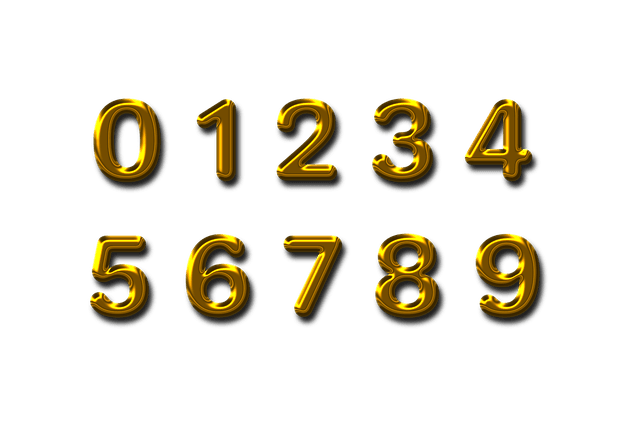
Did you know❓Ancient Greeks classified numbers as even and odd numbers, or even over 2,500 years ago, and this concept plays a crucial role in computer science, cryptography, and data structures today! Teaching math odd and even numbers to kids doesn’t have to be complicated! By using everyday examples, interactive activities, visual aids, and continuous practice, children can quickly grasp the concept of teaching odd numbers and even numbers in a fun and engaging way. Understanding these fundamental concepts helps build a solid foundation for future mathematical learning.
When children understand odd and even numbers, they are better equipped to tackle more advanced math topics like multiplication, division, and number patterns. The key is to make learning enjoyable, relatable, and interactive so that kids can easily remember the difference between odd and even numbers. There can be many ways to help them understand the concept with more clarity-rhymes and mnemonics make learning memorable and engaging.
🎶 Odd and Even Song (Tune: Twinkle, Twinkle, Little Star)
"0, 2, 4, 6, 8 – even numbers, they are great!
1, 3, 5, 7, 9 – odd numbers all the time!"
Mnemonic: "Even numbers end in 0, 2, 4, 6, 8; odd numbers end in 1, 3, 5, 7, 9."
Fact: Studies show that songs and rhymes improve memory retention in young learners by up to 30% compared to traditional teaching methods (Patel, 2008).
Understanding the Basics of Math Odd and Even Numbers
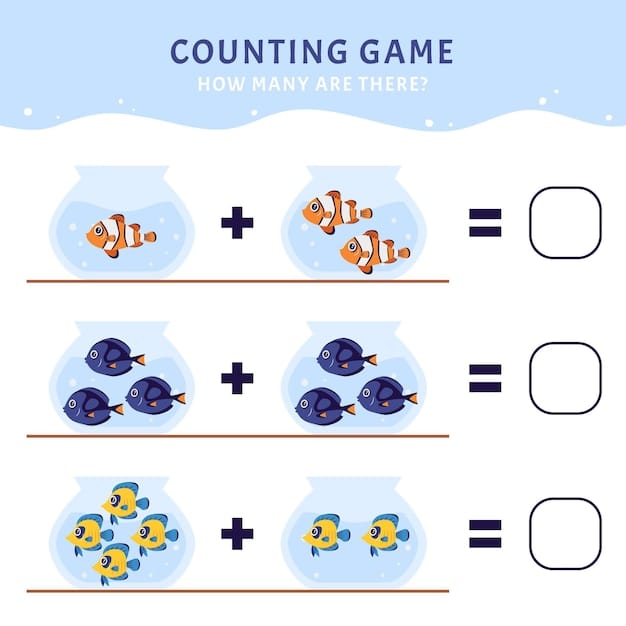
Before jumping into activities, kids need a clear understanding of what odd and even numbers are. Here’s how to explain it simply:
✔ Even numbers can be divided by 2 without a remainder (e.g., 2, 4, 6, 8).
✔ Odd numbers leave a remainder of 1 when divided by 2 (e.g., 1, 3, 5, 7).
✔ Easy trick – Pair up objects! If everything has a pair, it’s even; if one is left out, it’s odd.
Real-world relevance – These concepts help recognise number patterns and learn division later on.
Interactive tip – Use simple grouping exercises with everyday objects to reinforce this concept visually.
If every object has a pair without one left over, the number is even; if one object remains unpaired, the number is odd. This simple yet effective technique provides a concrete way for children to visualize the difference between odd and even numbers. Teaching kids through practical examples and interactive activities helps reinforce these concepts and makes learning enjoyable.
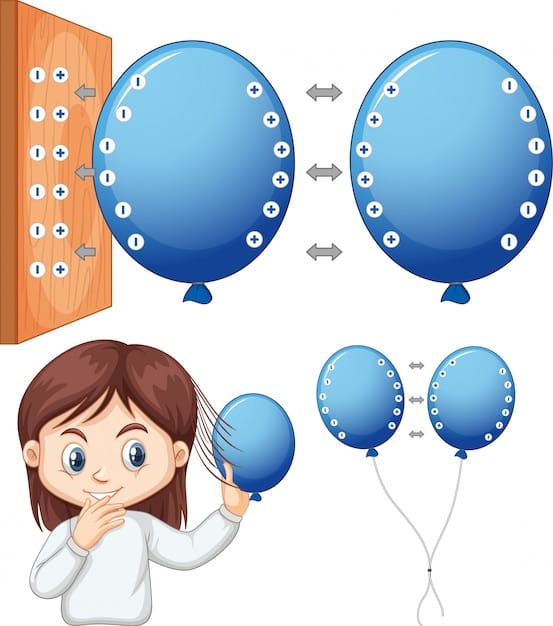
Step 1: Explain Odd or Even Numbers Through Everyday Examples
Kids relate better to numbers when they see them in their daily lives. Use these fun examples:
Household Objects: Count socks, shoes, or chairs at a dining table. If they all pair up, it’s even. If one is left out, it’s an odd one! This simple activity helps children grasp the difference between odd and even numbers effortlessly.
🏡 House Numbers: Point out street addresses—one side of the street typically has even numbers, the other has odd numbers. This introduces them to real-world applications of math odd and even numbers.
Birthday Fun: Ask kids their age—is it an even or odd number? This activity helps reinforce number recognition and allows kids to apply their learning to personal experiences.
Snack Time: Divide fruits, cookies, or candies into two equal groups. If one remains, it’s an odd number. If they divide equally, it's an even number! These everyday objects make learning fun and engaging.
🚗 Car Plate Numbers: A fun road trip game—spot math odd and even numbers on license plates! Have students identify patterns and explore odd and even numbers in real-life settings. This simple yet engaging exercise sharpens observation skills and enhances number recognition.
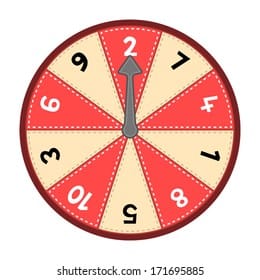
ACTIVITY:
📌 Method: Start with tangible objects like toys, buttons, or coins.
🔹 Activity: Take 10 small objects (e.g., blocks). Ask your child to pair them up. If all objects have pairs, it’s an even number; if one object is left without a pair, it’s an odd number.
🔹 Fact: Research suggests that children learn better when they can visualize concepts. Using physical objects enhances their ability to grasp mathematical principles (Piaget’s Theory of Cognitive Development).
✏️ Key takeaway: Numbers that can be divided into two equal groups are even; numbers that leave two groups with one extra digit are odd.
Step 2: Interactive Even and Odd Numbers Activity for Better Engagement
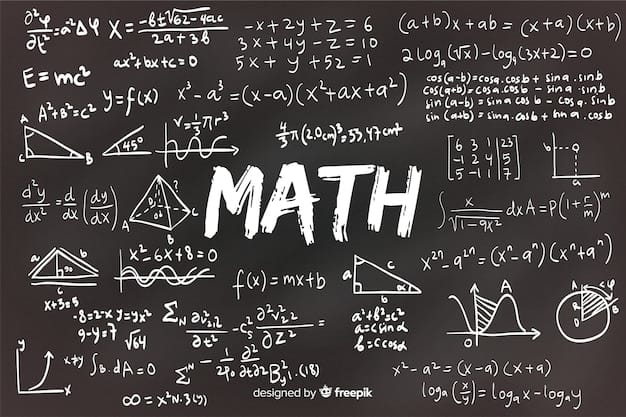
Making learning hands-on ensures better retention. Try these engaging games:
Sorting Game: Give kids objects and ask them to pair them up. If one remains, it’s an odd number. If all are paired, it’s even! This activity reinforces the divisibility rule and teaches them how to identify odd and even numbers effortlessly.
Number Line Jump: Draw a number line with chalk and let kids jump only on odd or even numbers based on instructions. This activity enhances motor skills while reinforcing math concepts.
🎲 Dice Fun: Roll a dice and ask kids to classify the number as odd or even. Expand this by rolling two dice—what happens when you add two even numbers? Two odd numbers? Or an even and an odd number? This promotes a deeper understanding of number patterns.
Educational Apps: Use math apps that gamify teaching odd and even numbers through puzzles and challenges. Interactive learning fosters engagement and makes learning more exciting.
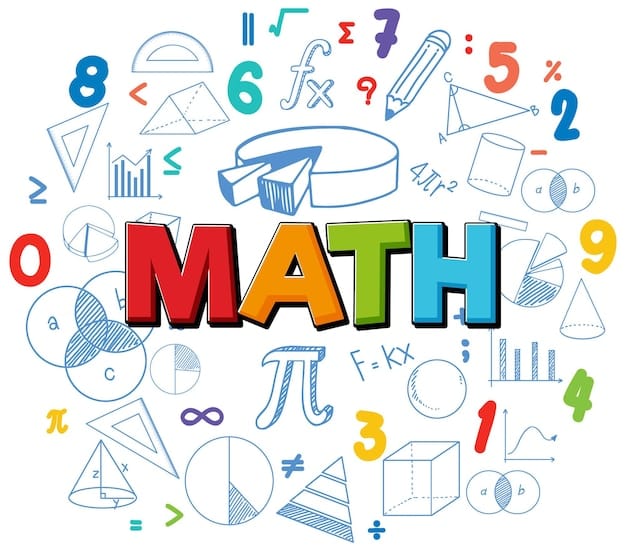
Race to Sort: Write numbers on flashcards and let kids race to sort them into odd and even groups. This Math game adds an element of competition, making learning dynamic and enjoyable! The more children engage with numbers through play, the easier it becomes for them to understand and apply the concept of odd and even numbers in real-life scenarios.
Step 3: Visual Aids and Creative Learning for Even Numbers and Odd Numbers
UKids grasp numbers faster when they see them visually. Try these creative methods:
📊 Colorful Number Charts: Highlight numbers ending in different colors to make patterns clear. An anchor chart displaying odd and even numbers can serve as a quick classroom reference.
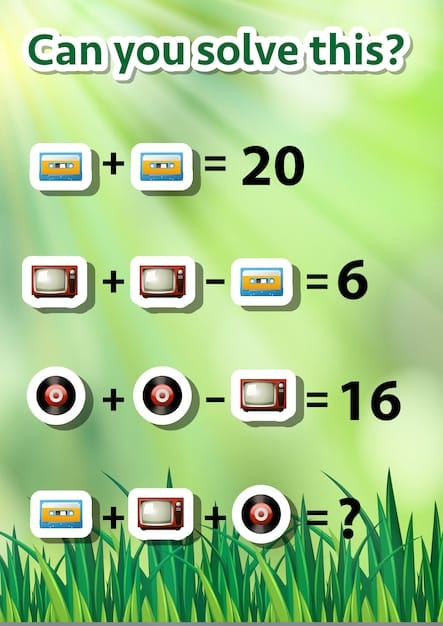
Drawing Dots: Ask kids to draw dots and group them into two equal groups—leftover dots mean an odd number! This reinforces the idea of divisibility and equal grouping.
Storytelling: Create a fun story about two characters—one who always shares in pairs (even) and one who always has one left out (odd). This imaginative approach helps children internalize the concept of odd and even numbers effortlessly.
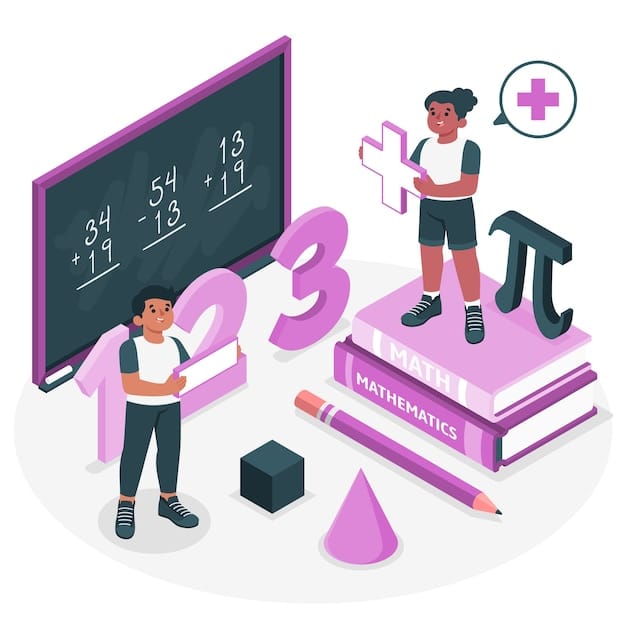
Creative Worksheets: Use cut-and-paste activities, mazes, and number coloring to reinforce concepts. Worksheets featuring missing numbers, consecutive even numbers, and patterns encourage deeper exploration and mastery of numbers.
Step 4: Practice, Practice, Practice—Reinforcing Math Odd and Even Numbers
Of course! You know this Drill- Practice makes a Man (a Kid ) Perfect! Repetition helps kids master math odd and even numbers. Here’s how to make practice fun:
Colouring Fun: Let kids colour even or odd numbers differently in worksheets. This visually strengthens their understanding of number patterns.
Home Scavenger Hunt: Challenge kids to find an odd or even number of objects around the house. This reinforces real-world application and observation skills.
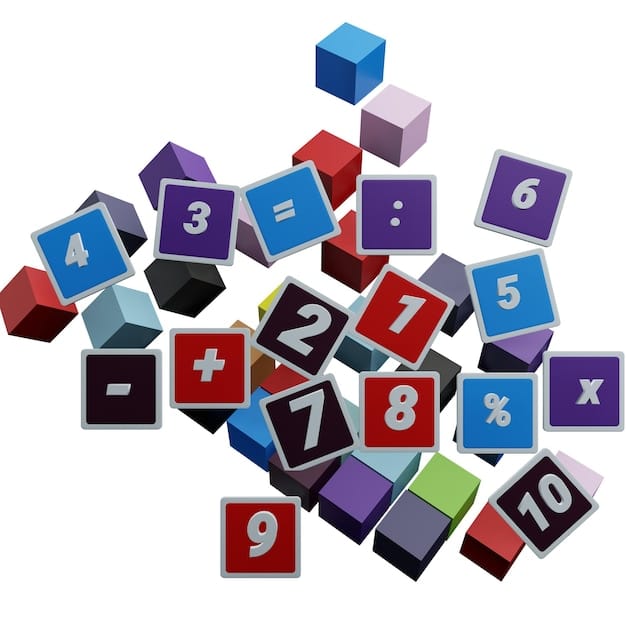
Speed Challenges: Set a timer and see how fast kids can sort numbers into odd and even. Gamified learning keeps students engaged and eager to practice.
Friendly Competitions: Organize small group quizzes or games with rewards for the correct answer. Encouraging teamwork and competition enhances motivation.
Ask Questions Daily: "Are there an odd or even number of apples in the fridge?" Small daily questions keep the concept fresh and help reinforce skills naturally. Consistent practice helps children solidify their understanding and build confidence in recognizing number patterns.
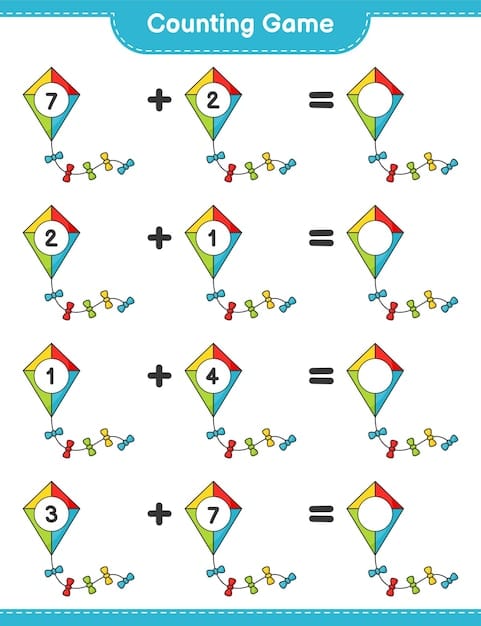
Conclusion on How to Teach Even Numbers and Odd Numbers Effectively
Teaching odd and even numbers effectively requires a mix of creativity, hands-on learning, and engaging activities. By incorporating everyday objects, storytelling, and games, children can understand and remember the concepts easily. Introducing concepts through visual aids, such as an anchor chart, helps reinforce patterns and the divisibility rule. Using problem-solving skills and exploring odd and even numbers through different combinations makes learning math fun. Encouraging students to notice patterns, identify even or odd numbers, and apply their understanding in real-world situations enhances their grasp of these concepts. With consistent practice, children can confidently divide even and odd numbers into two equal groups, recognize consecutive even numbers, and determine whether a given number is divisible by 2. The key is to make math enjoyable, ensuring students engage with the content actively and develop a lasting love for numbers.
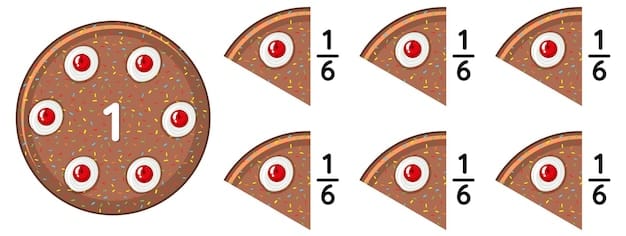
Math's Odd and Even Numbers - FAQs
How to Teach Odd and Even Numbers in a Fun and Engaging Way?
Teaching odd and even numbers can be both fun and interactive when introduced through storytelling, hands-on activities, and number games. One engaging way to teach is by using everyday objects like buttons or blocks to divide them into two equal groups. This helps children notice patterns and understand how even and odd numbers work.
A great first step is using an anchor chart with numbers examples to visually represent the concept. Encourage students to write down their observations and highlight the last digit of each given number—if it's divisible by 2, it's an even number; otherwise, it’s an odd number. Hands-on activities like pairing socks or counting jump ropes in the classroom help kids identify patterns.
To reinforce the skill, play games like “Odd and Even Hopscotch,” where students jump on odd or even squares. Another idea is called the "Odd One Out" game, where kids must spot the odd one among a list of numbers. Using songs and rhymes makes learning fun, and asking other students to explain their thinking strengthens understanding. Exploring ideas about odd and even numbers in creative ways ensures students begin their math journey with confidence!
What Are the Best Games for Practicing Math Odd and Even Numbers?
Practicing math odd and even numbers through games helps children develop strong problem-solving skills while keeping them engaged. One fun game is the "Odd and Even Number Jump," where students must hop onto the next correct answer category when last digit of a given number is called.
Another exciting option is "Pairing Race," where children must quickly divide objects into two groups—ensuring that each pair has the same amount. A variation is the “Odd and Even Relay,” where students race to sort numbers ending in different digits.
For a digital twist, math apps like Prodigy and SplashLearn let children explore odd and even or teaching odd and even number challenges through interactive quizzes. Advanced games like "Odd & Even Treasure Hunt" encourage kids to solve number puzzles, identifying if sums are divisible by 2.
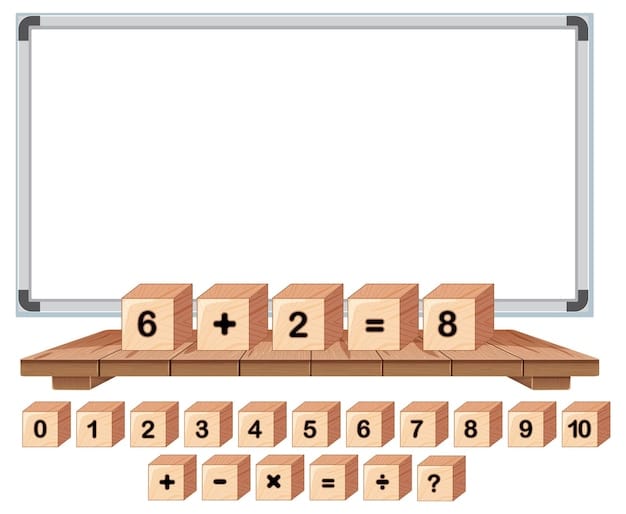
A classroom favourite board game is “Odd and Even Bingo,” where kids must find consecutive even numbers or two odd numbers on their cards. These games reinforce the concepts of odd/even numbers while improving patterns recognition. By using hands-on activities and digital tools, teaching odd and even becomes an exciting learning experience.
Why Is It Important to Understand the Concept of Odd or Even in Math?
Understanding odd and even numbers is essential in math because it builds a strong foundation for advanced concepts like multiplication, divisibility rules, and prime number sequencing. Recognizing even or odd numbers is crucial when learning to divide numbers or understand the difference between prime number, and composite numbers.
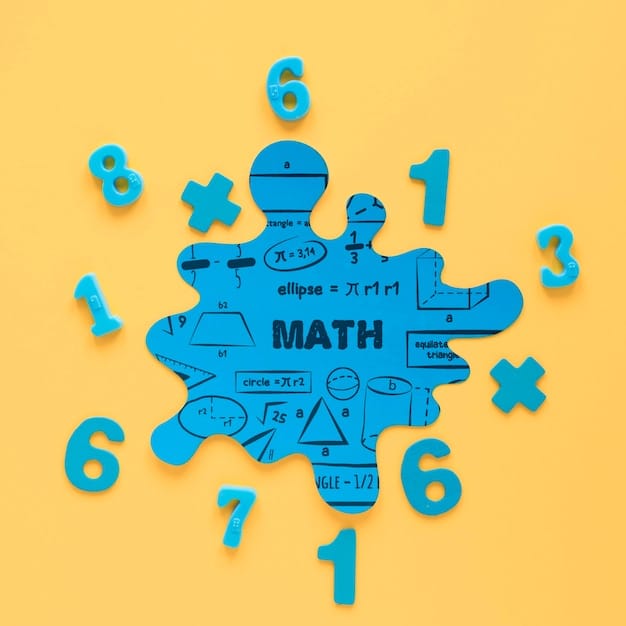
For example, an even number is always divisible by 2 and can be divided equally into two equal groups without a remainder, for example while an odd number cannot. This knowledge helps children predict patterns, solve equations, and develop logical thinking.
This skill also applies to real-life scenarios. For instance, when students split objects like chairs or pencils into equal groups, they quickly notice whether the last digit of the total is odd or even. Additionally, understanding odd or even numbers makes it easier to grasp the properties of consecutive even numbers, the rules for adding two even numbers, and explain why the sum of two odd numbers always results in an even number.
What Are Common Challenges When Teaching Odd and Even Numbers?
One of the biggest challenges in teaching odd and even numbers is helping students identify them correctly. Some children may struggle with recognizing the sum of numbers ending in 1, 3, 5, 7, or 9 as odd and those same amount ending in 0, 2, 4, 6, or 8 as even numbers.
Another difficulty arises when students confuse two odd numbers and two even numbers when adding or subtracting. They and other students in second grade may not yet understand the divisibility rule, leading to mistakes in grouping numbers. Additionally, children sometimes struggle to grasp why a prime number like 3 is odd, while 4 is even because it can be divided into two equal parts.
Using visual tools and ideas like an anchor chart can help students write down rules and practice sorting odd or even numbers into two groups. Hands-on activities like grouping everyday objects or using number puzzles help reinforce the difference between even or odd numbers.
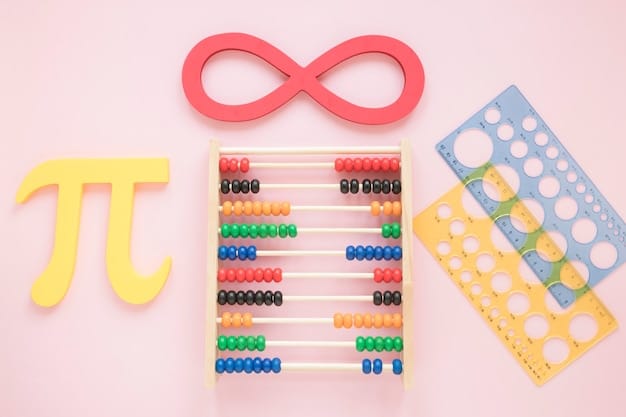
What Worksheets Can Help Reinforce Learning About Math Odd and Even Numbers?
Worksheets are an effective way to help children practice identifying odd and even numbers while reinforcing understanding of key math principles. A favorite way to begin is with a sorting activity where students writeodd or even numbers into separate groups.
For younger children, simple exercises like matching numbers examples with their correct category help solidify their grasp of even or odd numbers. A more advanced worksheet might include fill-in-the-blank activities where students determine whether a given number is divisible by 2 or not.
Skip-counting worksheets also encourage kids to recognize consecutive even numbers and see the relationship between two even numbers or two odd numbers. Another engaging activity is missing-number puzzles, where students must explore odd and even sequences.
For deeper learning, word problems using everyday objects help students understand how odd and even concepts apply in real life. Digital worksheets from platforms like Khan Academy or Math-Drills can provide interactive challenges that reinforce these ideas in different combinations.
Comments
Your comment has been submitted successfully!